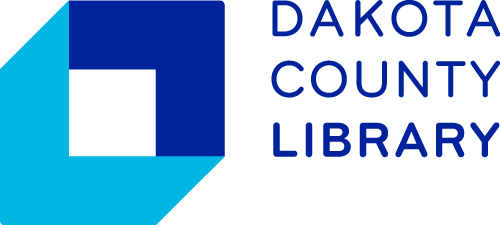Title:
The art of cinematic storytelling : a visual guide to planning shots, cuts and transitions / Kelly Gordon Brine.
ISBN:
9780190054328
9780190054335
Personal Author:
Publication Information:
New York, NY : Oxford University Press, [2020]
Physical Description:
343 pages : illustrations ; 26 cm
General Note:
Includes index.
Contents:
Seven film storytelling essentials -- Using storyboards -- Shot composition basics -- Camera angles, lenses and storytelling -- Designing shots for storytelling -- Continuity editing basics -- Storytelling cuts and film grammar -- 3D spatial continuity and 2D screen geography -- Compressing, expanding and ending scenes -- Beginning scenes and using transitions -- Stories with stationary action -- Stories about a moving character -- Stories about searching -- Stories about following or chasing -- Two-character dialogue -- Three-character dialogue -- Group and crowd scenes -- Shooting driving scenes -- Blocking and cinematic storytelling.
Summary:
"The Art of Cinematic Storytelling: A Visual Guide to Planning Shots, Cuts and Transitions is a practical introduction to the design of shots, cuts and transitions for film, video, television, animation and game design. The author/illustrator is a storyboard artist who has worked with and learned from over 200 professional directors and cinematographers. This book's clear and concise explanations and vivid examples demystify the visual design choices that are fundamental to directing and editing. Hundreds of illustrations and diagrams support the text. The primary emphasis is on blocking actors and positioning the camera for mood, meaning and continuity editing. This book delves deeply into controlling the audience's understanding and perception of time and space; designing in-camera time transitions; compressing and expanding time; composing creative shots for cinematic storytelling; choosing between objective and subjective storytelling; motivating camera moves; choosing lenses; using screen geography and film grammar for clarity; planning shots with continuity editing in mind; knowing how and when to cut; beginning and ending scenes; and using storyboards for planning and communication. Several chapters are devoted to how to block and shoot action involving travel, pursuits, searches, dialogue, groups and driving. While the approach is based largely on well-established techniques of cinematography and continuity editing, attention is also given to jump cuts, tableau shots and unconventional framing. The topics are covered thoroughly and systematically, and this book serves both as an introductory text and as a reference work for more advanced students of film"-- Provided by publisher.
OCLC Number:
on1153051498
Availability:
Burnsville - Burnhaven~1
Eagan - Wescott~1

